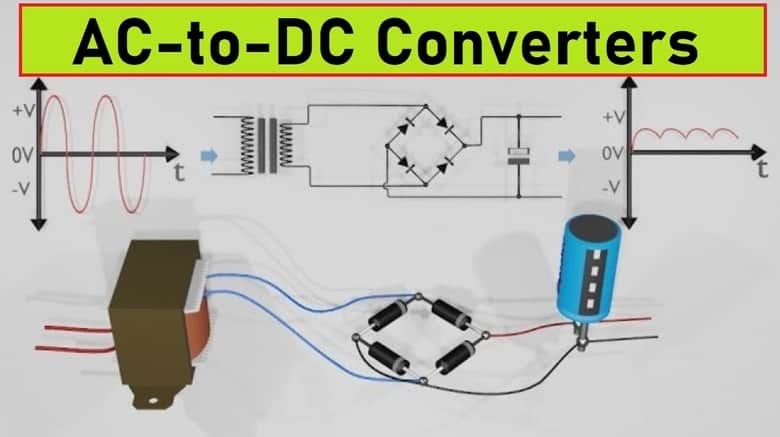About DC-DC Power Supply Made in China
A DC-DC power supply is a power supply manufactured by semiconductors and is mainly used to convert DC input to DC output. It has high efficiency, low noise and good stability, and is widely used in industrial, household and automotive electronic equipment. Chinese-made DC-DC power supplies have many advantages, including cost-effective, reliable quality, and advanced technology.
DC-DC power supplies made in China have great advantages in the market, mainly in the following aspects: Price advantage: DC-DC power supplies made in China are more competitive in price compared to similar foreign products. This advantage Makes China-made DC-DC power supplies more attractive in the market. Technical advantages: The DC-DC power supply made in China has a high technical level and has obvious advantages compared with similar foreign products, which makes the DC-DC power supply made in China more competitive. · Service advantage: The DC-DC power supply made in China has a relatively high level of service after sales, which can provide customers with better services and make customers more satisfied.
DC-DC power supplies made in China are widely used in various industries and applications. They are especially suitable for situations that require a stable and reliable power supply, such as medical equipment, communication equipment and industrial control systems.


































